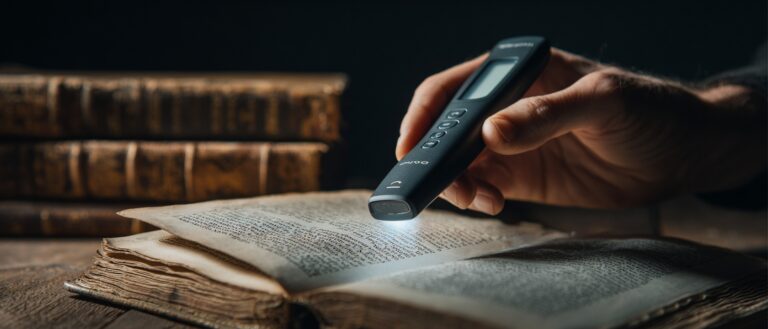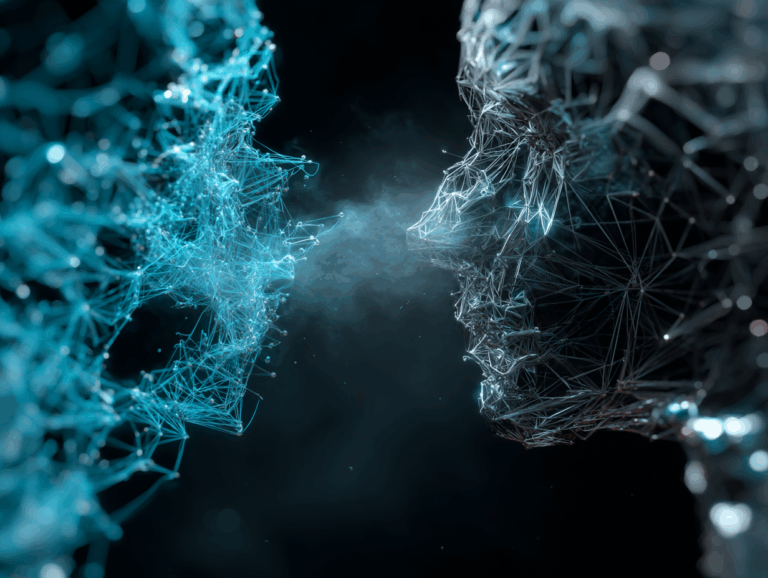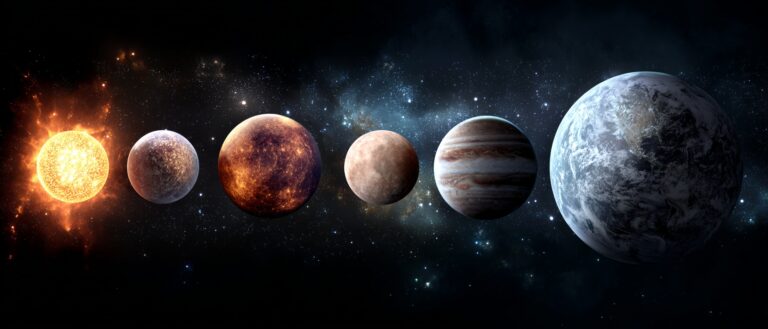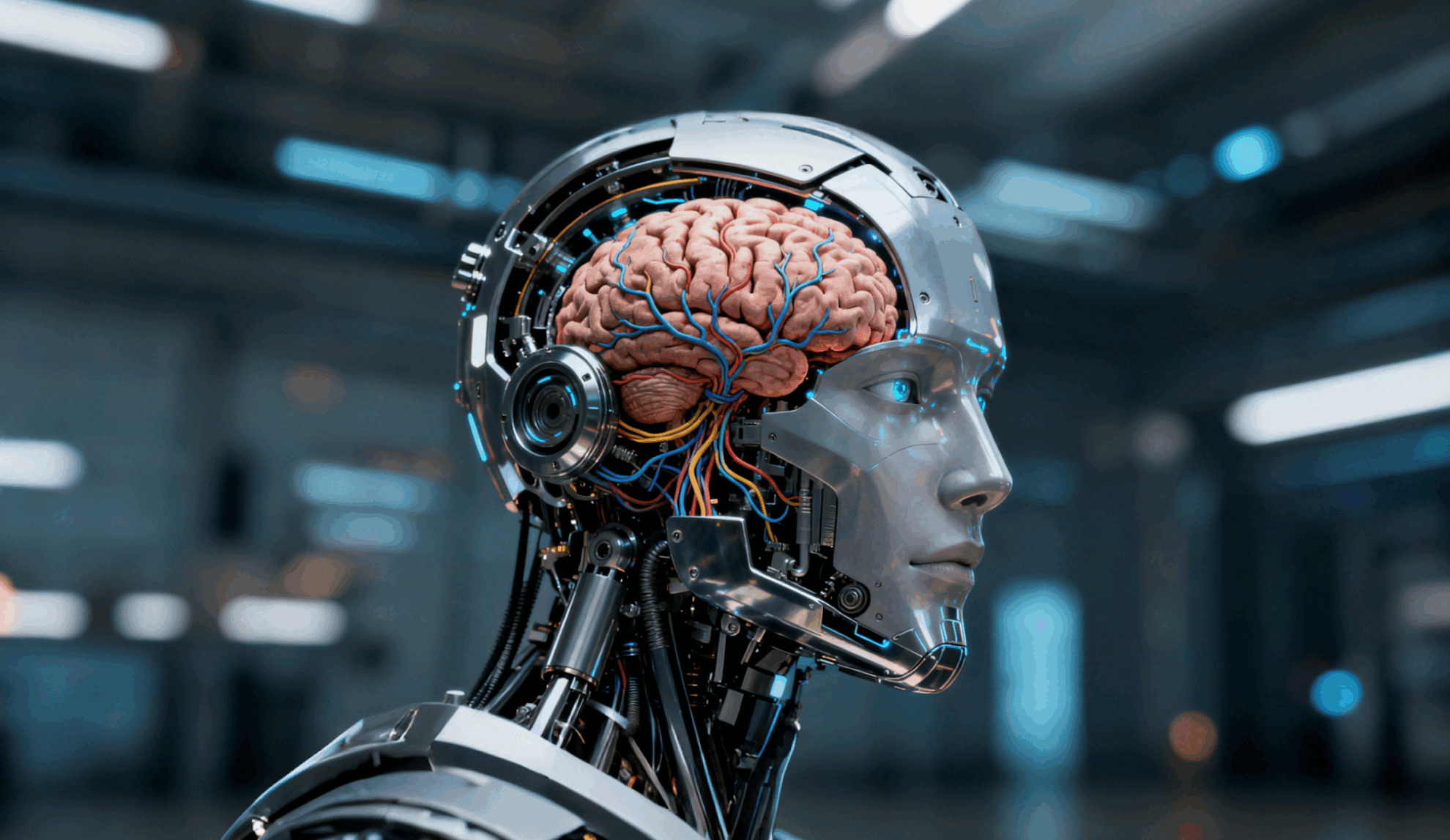You May Not Believe It, but Wineries Are Now Hiring Algorithm Engineers

Although summer has passed, people's enthusiasm for drinking beer continues to rise. However, as the public's pursuit and ideas improve, the requirements for beer are getting higher and higher. For example, the gradual rise of the craft beer trend proves that people have more "demanding" requirements for the taste and flavor of beer. So what new changes will this ancient drink, which has lasted for thousands of years, undergo with the blessing of AI?
According to data, the popularity of beer has increased every year since the 1960s, gradually becoming one of the most consumed beverages.
According to statistics by 2017, the average annual beer consumption per capita in China reached 60 bottles.

From brewing formulas and fermentation techniques to sterilization and filling, the production processes of these large wineries have gone through a long exploration by several generations. Today, based on the traditional production process, wineries hope that artificial intelligence can upgrade themselves to obtain higher production efficiency and better taste experience.
Beer: One of the oldest beverages
In addition to being popular on the dining table, beer is alsoThe oldest drinkOne. Beer can be traced back to the civilization of the Mesopotamian Valley more than 4,000 years ago. The surplus grains in people’s daily lives, soaked in rainwater, combined with naturally existing yeast, produced the most primitive "beer".
This unexpected product of nature gradually became popular in tribes as farming culture developed because of its delicious taste and energy-replenishing properties. The first documented recipe for beer appeared in a hymn written by the Sumerians to the beer goddess Ninkasi.
By 1700 BC, beer had become a bargaining chip, and the Babylonian Code of Hammurabi recorded the brewing regulations and rationing system of beer.

Hops were first added to beer in the Middle Ages. The addition of this ingredient made the beer taste and flavor mellower and also extended the shelf life of the beer. The improved beer gradually became popular.

But for a long time, beer brewing has not changed much. Until the outbreak of the Industrial Revolution, machine production processes and industrial methods, as well as new fermentation processes, have achieved rapid production of beer, and mass-produced beer has been brought to all parts of the world by ships and steam cars. Nowadays, beer is the most common drink in our daily life. In summer, a glass of iced beer can be the perfect match for various delicacies.
Technology brings vitality to beer production
There are more than 120 beer brewing processes in the world. The two mainstream methods of fermentation include: Ale and Lager. The main difference lies in the fermentation method and production process, which are high-temperature fermentation, low-temperature fermentation and room-temperature fermentation.
According to statistics, the beers in 80% are all industrial beers, such as Budweiser, Snow, Tsingtao, etc.
In order to pursue cost, industrial beer will use rice, corn, starch and other raw materials instead of malt, resulting in a very low concentration of beer wort and a light taste.
Craft beer is different from industrial beer in terms of raw materials. Craft beer is brewed only with malt, hops, yeast and water, without any artificial additives.

Usually, craft beer uses the Ales process (upper fermentation process), while industrial beer uses the Lager process (lower fermentation process). The positions of yeast and fermentation temperatures of the two are different during the fermentation process.
In recent years, the craft beer trend has gradually entered the world of ordinary people. This reflects that as consumption power increases, people's requirements for beer quality have also become higher.
But how to make beer of higher quality, better flavor and even personalized? The introduction of technologies such as AI will bring a new perspective to the beer brewing industry.
Beer production: The perfect mix calculated by AI
Carlsberg is a well-known beer manufacturer. In 2017, they began to cooperate with Microsoft and other institutions to carry out a three-year beer production plan "Beer Fingerprint Tracking Project".
The main purpose is to use artificial intelligence and sensors to define the taste and smell of beer, thereby improving the accuracy of new product development, product quality control and quality testing. Traditional tasters will identify the quality based on their actual tasting experience, but personal taste differences, taste bud function, and physical condition will affect the indicators.
Microsoft and scientific research teams from two Danish universities participated in the project and developed complex algorithm models. They also worked with Carlsberg's R&D laboratory to develop sensing technology in the hope of better improving the quality of beer.

For example, researchers used advanced sensors and analytical techniques to map and predict the flavors produced by yeast and other ingredients among 140 beverage brands around the world in order to find the best pairing.
The computer model is already able to distinguish these subtle differences. In experiments, the trained model can quickly detect four types of beer: Carlsberg Pilsner, Tuborg Pilsner, Wiibroe and Nordic. It is far more efficient and accurate than professionals.

They ultimately envision creating a flavor fingerprint for each sample and drastically reducing the time required to research flavor combinations and blending processes.
According to the latest data, this move can shorten the process time by one third, helping the company to bring different flavors of beer to market faster. Carlsberg believes that this technology will help it improve its position in the market and drive a number of surrounding industries, such as technology companies that study artificial intelligence to sense taste.
Beer bottling: Optimizing quality control with machine learning
In addition to generating recipes, AI can also monitor the production process. A company called Sugar Creek Brewing uses AI and IoT technology to control the beer production process, improve quality, and reduce losses.
The company had suffered considerable losses in the beer bottling process because the filling levels of the bottles were not controlled consistently, causing some bottles to produce excessive foam, which ultimately turned into waste and excessive dissolved oxygen, destroying the beer's flavor and shortening its shelf life.
To solve this problem, they came up with AI algorithms. Working with IBM engineers, they placed cameras during the beer bottle process to capture images, combine the photos with other data collected during the bottling process, and then transmit them to the IBM cloud for comparative analysis by the Watson system.

By using the comprehensive deployment of AI and IoT, an effective filling standard was finally given to help brewers adjust and plan strategies, completely solving the foaming problem of beer.It can save the company $10,000 per month.
In addition, they also use some precision sensors to collect data on the brewing process, ensure the normal operation of mechanical equipment, and standardize the safety of the production process.
Beer customization: Combine personal data to customize exclusive recipes
The difference between each beer style is partly reflected in the recipe. Professional brewers also spend more than ten years learning and mastering this skill. Using AI algorithms and machine learning to generate beer recipes can shorten this time and create personalized customized solutions.
A British company called IntelligentX used machine learning algorithms to produce the first AI-brewed beer and has launched several major categories: Black AI, Golden AI, Pale AI and Amber AI.

AI learns to generate recipes based on historical data. A feedback questionnaire URL is provided on the beer bottles sold, and feedback is collected through the Facebook Messenger app.
Questions in the questionnaire included: How much hop aroma do you want in beer? Application experience, etc. This information was eventually used to adjust the recipe of this series of beers. This move allowed the company to collect more than 100,000 pieces of data. After collecting user data, engineers used technologies such as reinforcement learning and Bayesian decision making to generate methods to change the recipe based on feedback, and finally the brewer made the choice.

They are rolling out this approach in the UK, where beer lovers can order personalised beers, brewed to a custom recipe adapted to their personal preferences, which can be updated over time.
When beer meets AI, it becomes really good beer
The culture of beer has lasted for thousands of years and still occupies an important place in daily life. It has to be said that this beverage chosen by history has a strong charm.
Although AI’s attempts in the beer brewing industry only account for a small share compared to the thousands of years of traditional beer craftsmanship, the changes it has brought are surprising enough that some people are even looking forward to it.
It is precisely because of AI that we can drink more delicious and personalized beer. Perhaps this is the most wonderful experience that AI technology brings to our era.

-- over--







